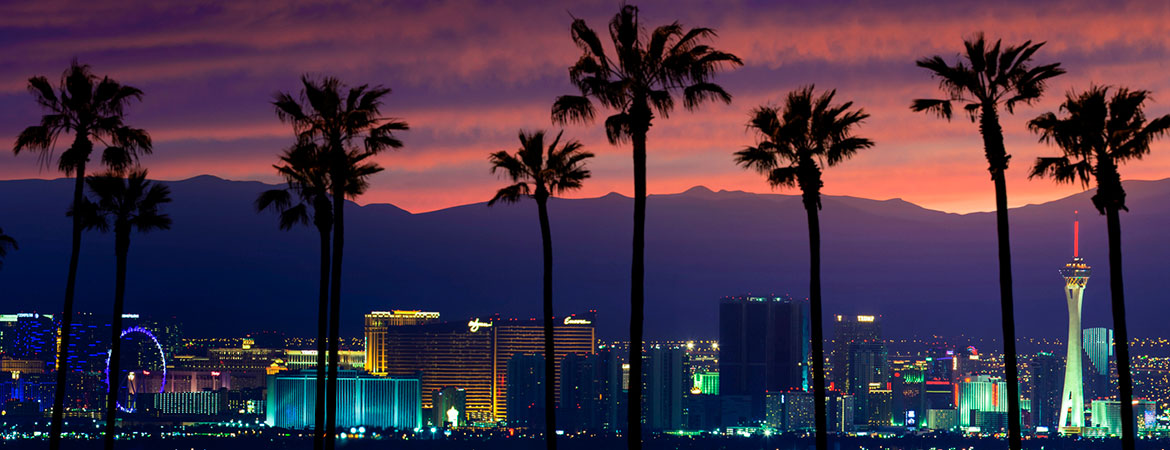By Graham Flight, Vice President
September 27, 2021
Cumming’s first truly major project came in 1997, when we provided cost services in support of the new $760 million Paris Las Vegas, a hotel and casino resort with a thematic style echoing the city of Paris. The project included replicas of the Eiffel Tower, Arc de Triomphe, and La Fontaine des Mers, while the building itself included design elements echoing the Louvre, the Musee d’Orsay, and the Paris Opera House. It was a landmark project that realized an incredibly ambitious vision, all in service of a singular goal: woo customers to the gaming floor.
That was (and remains) a reasonable and lucrative goal for any new Las Vegas development, considering the sheer amount of money that gaming brings in. This past July alone, casinos on the Strip collected $794 million in gambling revenue, the city’s all-time win total for one month. That record will undoubtedly be broken again (and again), as the city remains the world’s second-largest gambling center (by revenue), behind only Macau.
But the Vegas of today is not the Vegas of 1997. The city is no longer just a gambling destination, as evidenced by its growing number of non-gaming-centric developments. It’s true that even these projects, such as T-Mobile Arena and Allegiant Stadium (homes to the NHL’s Golden Knights and the NFL’s Raiders), attract people to the city who will then, while they’re there, try their luck on their hotel’s gaming floor. But this is a marked difference from developing projects where every feature and amenity is designed to maximize gambling revenue. Now, there are night clubs, day clubs, world-class shows, some of the best restaurants to be found anywhere, and two professional sports teams (with the NBA considering adding a franchise there as well).
Indeed, Las Vegas casinos now make more money on non-gaming activities than they do on gaming. In fact, despite popular conception, this has been true for more than 20 years, with the turning point coinciding with the completion of our first project in the city. The Paris Las Vegas project opened to the public in 1999 (as did Mandalay Bay and the Venetian), and that also happens to be the year that gaming revenue for casinos on the Strip dropped below 50% for the first time. In recent years, that number has dipped below one-third, with only 7% of visitors to Las Vegas traveling there specifically to gamble, according to one survey.
The COVID-19 pandemic has disrupted this pattern over the past year-plus, but we expect the long-term trend of rising non-gaming revenues to continue as things return to normal. Development activity in the city and surrounding areas certainly backs this up, with numerous new non-gaming-centric developments (and re-developments) either underway or on the horizon. These include UnCommons, a $400 million mixed-use development featuring office, retail, restaurant, fitness, and residential space on 40 acres; MSG Sphere, a $1.865 billion media and entertainment venue currently under construction in Paradise, just off the strip; and, perhaps most notably, the five-star Majestic Las Vegas, a non-smoking resort set to open in 2024 that remarkably won’t feature any gaming space at all, but will instead lure customers with high-end dining, hotel, business, and wellness amenities.
This represents a remarkable shift in a short amount of time, and although Las Vegas will remain the nation’s gambling capital for many years to come, we are excited by the sheer diversity of attractions now offered in the city, and by the opportunity this represents for residents and visitors, as well as for owners, developers, and the many companies involved in bringing construction projects to life.

